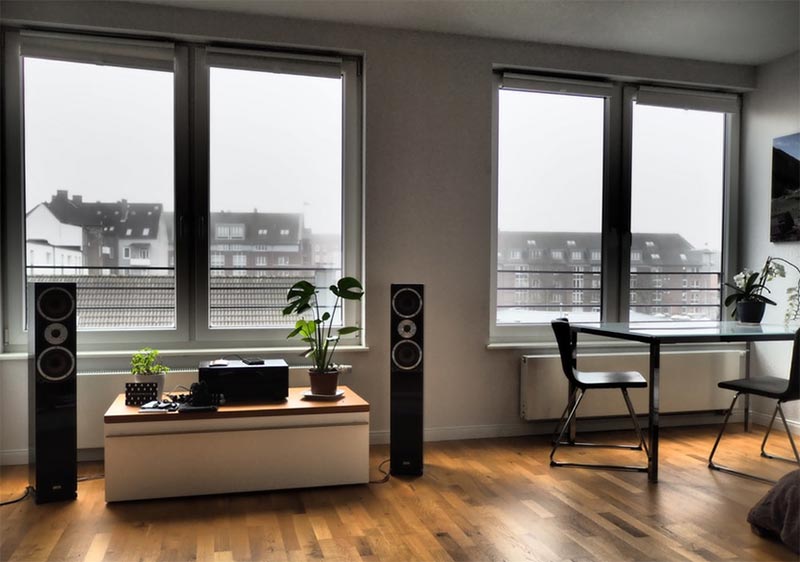It may not have occurred to you that health issues are relevant when choosing a floor or floor covering. The various materials and chemicals that enter into the picture can indeed impact your health and the well-being of your family. These issues cover everything from hygiene, constant sniffles, and the general air quality of your home environment.
Bringing the baddies into your home
Have you ever thought about what you bring into your home, simply by walking into it? You probably don’t want to even think about what is attached to the bottom of your shoes. Then there’s the allergens, such as dandelion fluff, and other sources of pollen. Other annoying pollutants, for example, dust mites, somehow thrive inside your home. Not everyone is sensitive to them, but for those who suffer from asthma and who react adversely to allergens, life can be quite miserable if you are surrounded by them in your home. We don’t have enough space here to include the long list of common ailments that are brought on by dust mites! If you own pets, you can add animal dander to this cocktail of unhealthy elements thriving inside your home.
How to beat the baddies

One of the biggest contributors to allergens in your home, is a carpeted floor. Vacuuming and cleaning may help, but this can also stimulate the particles, and move them around.
The most successful way you can rid your home of pollutants and mites, is to replace your carpeting with wood flooring.
Timber flooring is easy to sweep and clean. You don’t have to struggle with grout between tiles. You won’t find pollen, dust, and other particles clinging to your floors.
What about those chemicals that are used in timber floor installations?
We knew you would ask about that! Polyurethane finishes are the ones to worry about. Known as a Volatile Organic Compounds (VOCs), exposure to these chemicals can cause strong side effects, and can also be responsible for many ailments if exposed to them while applying. Certainly, strong precautions must be taken while applying the finish. However, the gases can continue their emissions for a few months after the finish has been applied. Good ventilation, and speeding up the drying process, does help. Once the finish has cured, there is no need for concern.
Polyurethane finishes can be substituted with non-toxic finishes, such as Linseed oil and Tung oil. Natural stains are also available. Water-based polyurethane finishes are less toxic, and cure quicker than oil-based versions. You may, however, need to replace water-based finishes more frequently.
The sticky side of engineered wood flooring
Engineered wood flooring consists of a number of layers, which are held together with glues. There is no need to worry about VOCs from engineered wood flooring because many companies prepare their flooring and finishes completely free of VOCs and Formaldehyde.
This post was written by Martin O’Callaghan, founder of Wood Flooring Ireland. Martin has been in the parquet industry for over 30 years gaining vast experience in the industry. They specialise in handmade bespoke wood flooring.

